Optimal Timing for Demolition Services
Determining the optimal time for demolition service depends on several factors including weather conditions, project scope, and local regulations. Typically, the most suitable periods are during dry seasons when construction activities are less likely to be delayed by rain or snow. Planning demolition during these times can help ensure safety, efficiency, and adherence to project timelines.
Dry weather reduces the risk of delays and safety hazards during demolition projects.
Aligning demolition with other construction phases minimizes downtime and overlaps.
Permits and approvals are often easier to obtain during certain times of the year.
Scheduling during off-peak seasons ensures access to necessary machinery and personnel.

Heavy machinery performing a controlled demolition.

Preparation of the demolition site with safety barriers.

Workers equipped with protective gear during demolition.
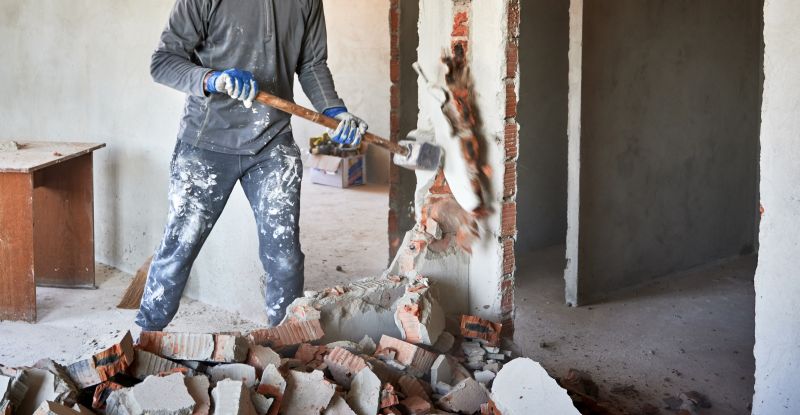
Ways to make Demolition Service work in tight or awkward layouts.
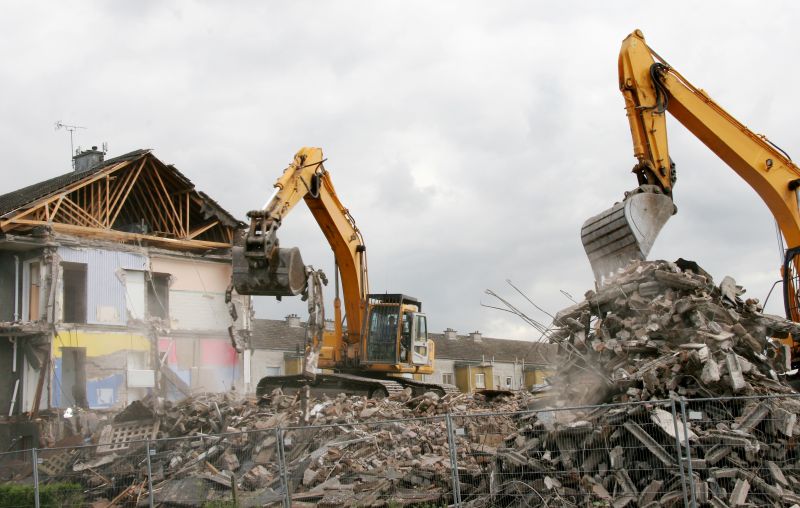
Popular materials for Demolition Service and why they hold up over time.

Simple add-ons that improve Demolition Service without blowing the budget.
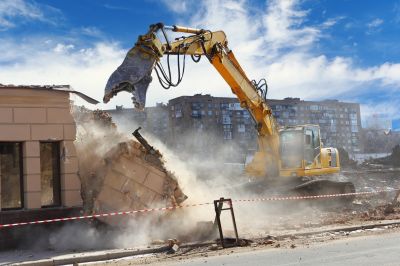
High-end options that actually feel worth it for Demolition Service.

Finishes and colors that play nicely with Demolition Service.
Demolition services involve the systematic dismantling of structures to prepare sites for new development. This process requires careful planning, adherence to safety standards, and efficient execution to minimize environmental impact and ensure site readiness. Demolition can range from partial dismantling to complete building removal, often utilizing specialized equipment and techniques tailored to the structure’s size and materials.
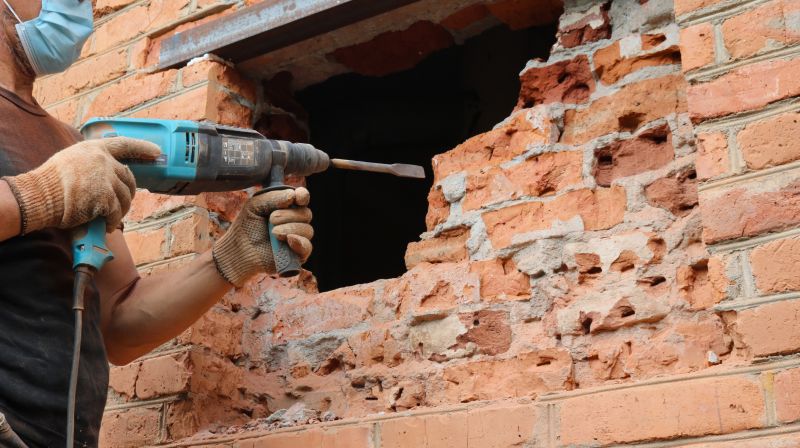
Precision techniques used to safely bring down structures.
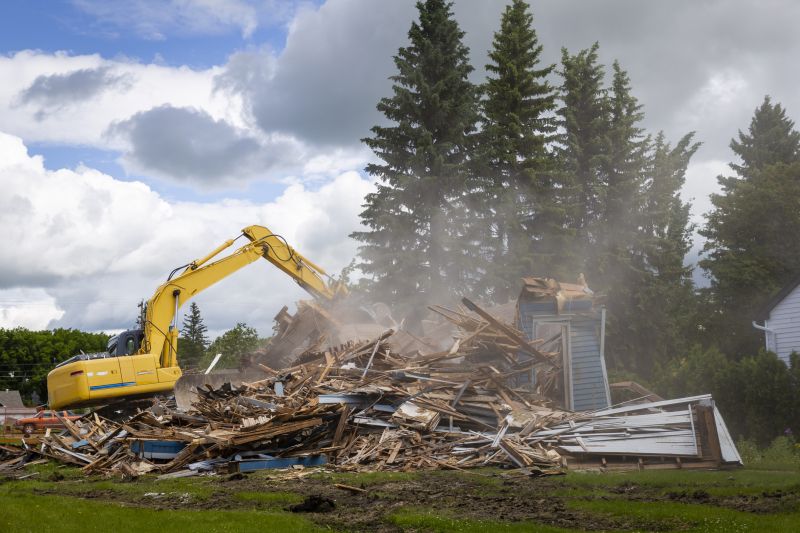
Removing debris and preparing the land for construction.
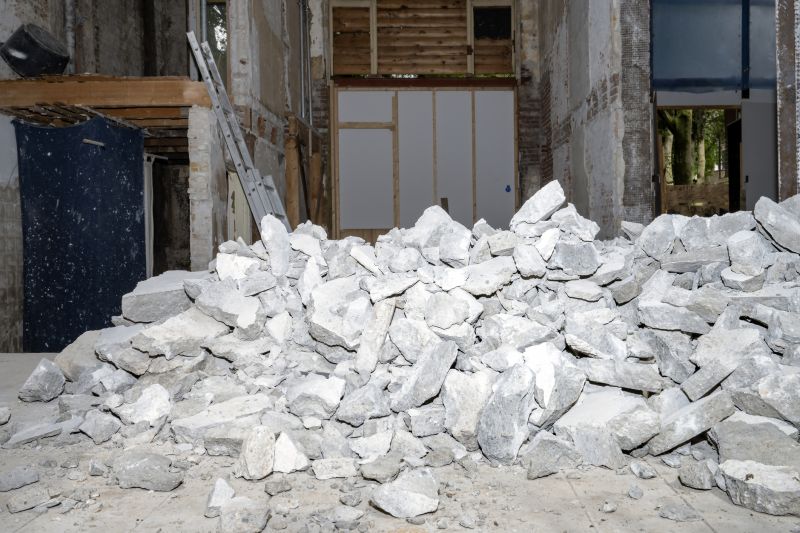
Repurposing demolition debris for sustainable construction practices.
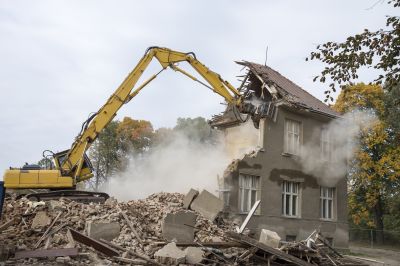
Excavators and wrecking balls in operation.

Protocols to protect workers and surrounding areas.
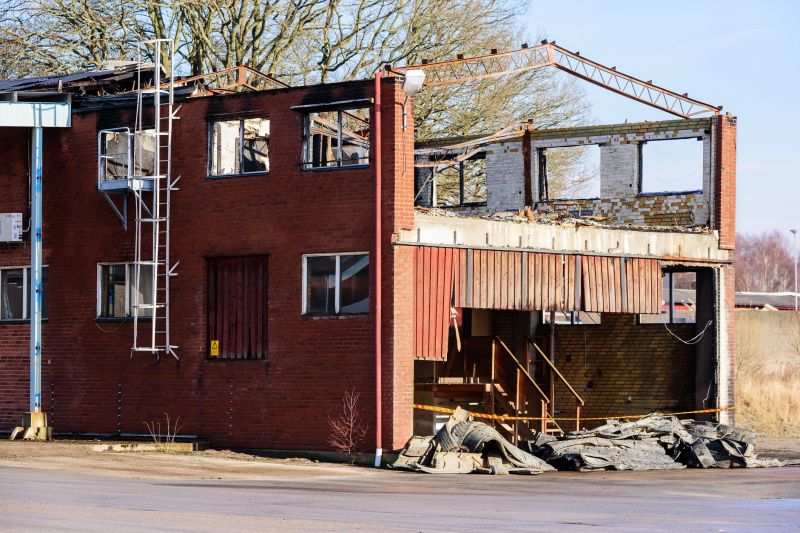
Evaluating the stability of existing structures before demolition.
| Aspect | Details |
|---|---|
| Weather Impact | Dry seasons are ideal for scheduling demolition to prevent delays. |
| Project Timeline | Align demolition with construction phases for efficiency. |
| Permitting Process | Permits are often easier to acquire during specific periods. |
| Equipment Availability | Off-peak seasons allow better access to machinery. |
| Community Considerations | Timing can reduce disruption to local residents. |
| Environmental Factors | Avoiding extreme weather minimizes environmental hazards. |
| Safety Conditions | Optimal weather enhances safety protocols. |
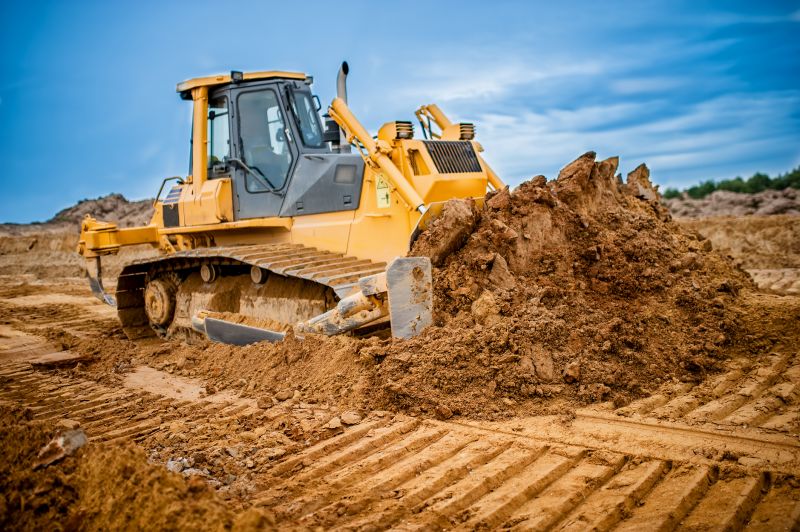
Preparing the site with safety barriers and signage.
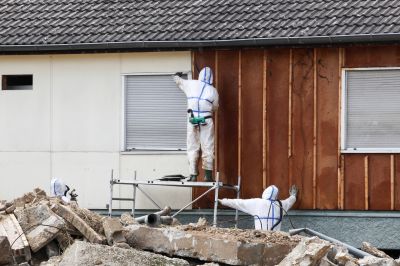
Removing hazardous materials before demolition.
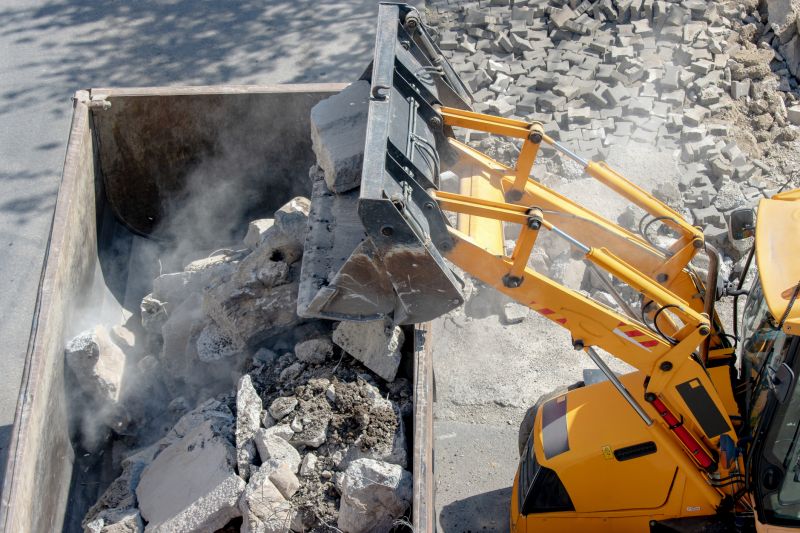
Efficient clearing of demolition debris.
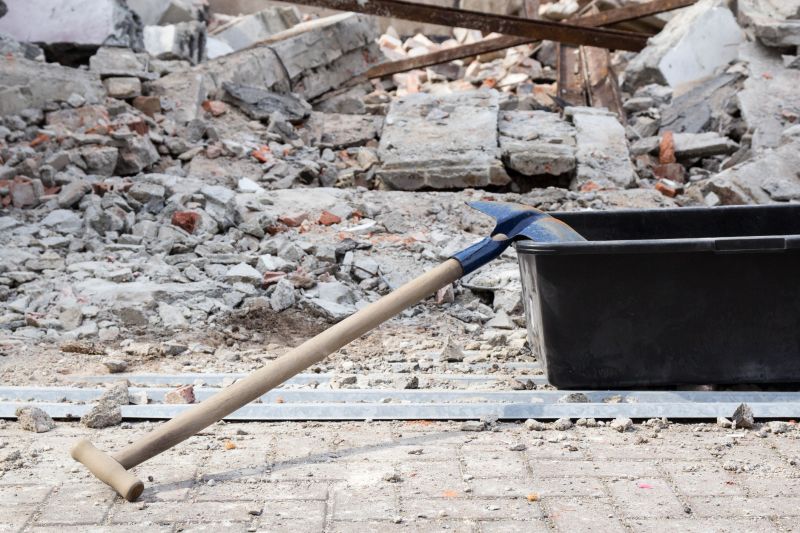
Processing materials for reuse or disposal.

Little measurements that prevent headaches on Demolition Service day.

A 60-second routine that keeps Demolition Service looking new.

A frequent mistake in Demolition Service and how to dodge it.

Small tweaks to make Demolition Service safer and easier to use.
Choosing the right time for demolition can significantly impact project success. Proper scheduling ensures safety, reduces costs, and aligns with construction timelines. Site assessments and coordination with local authorities are essential steps in planning an effective demolition process.
Interested parties can contact for detailed planning and scheduling assistance to ensure demolition projects are carried out efficiently and safely. Proper timing and preparation are crucial for successful site clearance and subsequent construction activities.

